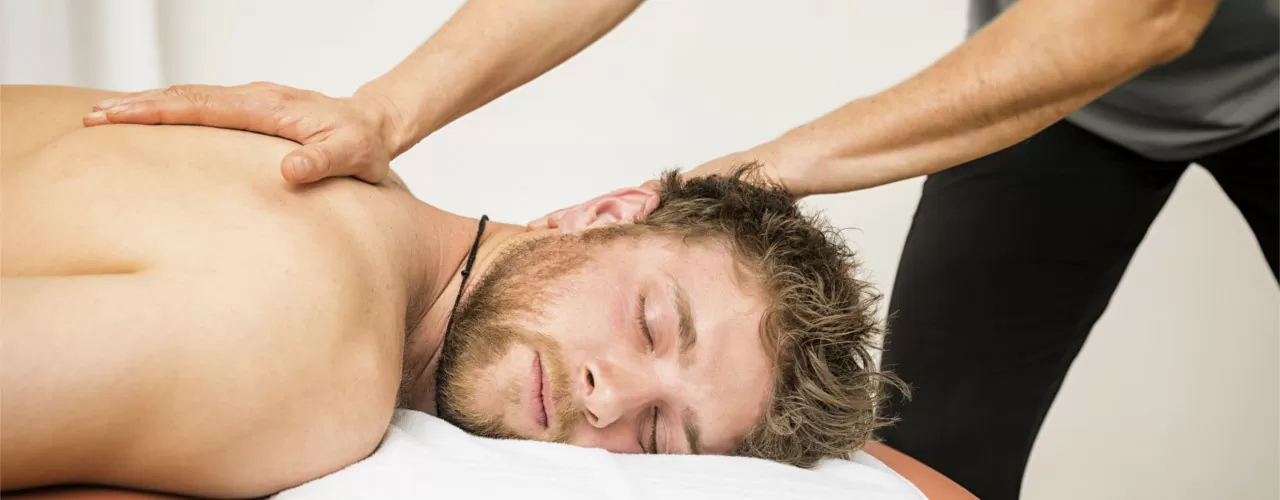Massage Therapy and Chiropractic

Massage Therapy is an integral part of our holistic approach of care. Chiropractic primarily focuses on diagnosing and treating musculoskeletal issues, especially those related to the spine and extremities. Massage therapy, on the other hand, involves improving the health of soft tissue such as muscles and fascia. This comprehensive approach enriches the patient experience and treatment outcome.
Here are ways massage therapy complements chiropractic care:
- Relaxation and Muscle Tension Reduction: Massage therapy can help patients relax and reduce muscle tension. Chiropractic adjustments are about restoring mobility. Relaxed muscles help to promote mobility. Tense muscles restrict mobility and can exacerbate pain and abnormal postures.
- Improved Blood Flow and Circulation: Massage can help improve blood flow and circulation, delivering vital nutrients and oxygen to affected areas, promoting better overall health. Improved circulation can enhance the healing process of tissues compromised in work injuries, sports injuries and whiplash injuries.
- Greater Range of Motion: Massage therapy can help increase joint range of motion and flexibility by loosening tight muscles and reducing restrictions in the soft tissues surrounding the joints. This, combined with home exercise prescribed by Dr. Hall can make chiropractic adjustments more effective and longer-lasting.
- Pain Management: Massage therapy can help alleviate discomfort and manage pain associated with whiplash injuries, sports injuries, work injuries or just musculoskeletal issues caused by daily life. Massage encourages the autonomic nervous system to release endorphins. These are hormones produced in your brain to relieve pain, reduce stress and improve mood.
- Addressing Soft Tissue Issues: While chiropractic care primarily deals with spinal and joint issues, massage therapy can focus on soft tissue problems, such as muscle knots, trigger points, scar tissue and fascial restrictions. Addressing these soft tissue concerns can further enhance the patient's recovery and well-being.
- Posture / Motion Imbalances: Unbalanced muscles from chronic postures like sitting at a desk or asymmetric activities like racquet sports can create global imbalances in motion and posture. This can lead to symptoms like neck pain, back pain, headaches and sciatica. Massage, combined with comprehensive chiropractic care help restore balance in posture and motion, allowing your body to relieve itself of these pains naturally.
- Stress Reduction: Both chiropractic care and massage therapy have stress-reducing benefits. Stress can exacerbate musculoskeletal issues. Reducing stress levels can improve the overall effectiveness of the treatment and actually speed up healing.
Dr. Hall collaborates with therapist and patient to craft a care plan to the needs of the individual patient. This open communication between doctor, therapist and patient ensuring clear expectations and better outcomes.
References:
- https://pubmed.ncbi.nlm.nih.gov/19119396/
- https://pubmed.ncbi.nlm.nih.gov/19083683/
- https://my.clevelandclinic.org/health/body/23040-endorphins
Posted In:
Chiropractic Care
Back Pain
